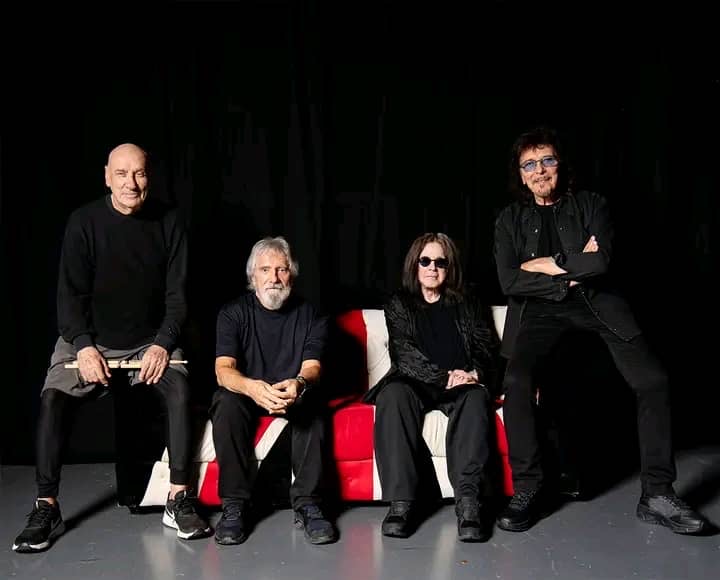Jimmy Page’s Iconic Double Neck Guitar: A Masterpiece of Live Performance and Innovation
Jimmy Page, the legendary guitarist of Led Zeppelin, is renowned not only for his groundbreaking riffs and innovative songwriting but also for his distinctive stage presence. Among his most iconic instruments is the double neck guitar, a striking and versatile instrument that became a symbol of his artistry and stagecraft. Although the double neck was used sparingly in studio recordings, it gained legendary status through its prominent role in live performances, most notably during Led Zeppelin’s rendition of “Stairway to Heaven.” This instrument exemplifies Page’s ingenuity, allowing him to seamlessly switch between different guitar parts and elevate his live shows to a new level.
The double neck guitar, typically featuring a 6-string and a 12-string neck, was designed to enable guitarists to perform complex arrangements without changing instruments. For Jimmy Page, this meant the ability to replicate studio-layered sounds and maintain the energy of a live performance without interruption. The 12-string side of the instrument provided the shimmering, rich sound that characterized the intro and verses of “Stairway to Heaven,” while the 6-string side allowed him to deliver the powerful solo and additional sections seamlessly. The visual impact of the double neck, with its imposing size and intricate design, also contributed to its fame, becoming an instantly recognizable symbol of Led Zeppelin’s grandeur.
Page made the double neck guitar famous through its strategic use in live performances, particularly during the encore of “Stairway to Heaven,” where he would switch effortlessly between the two necks to replicate the song’s layered textures. This approach demonstrated not only his technical mastery but also his creative approach to live music, emphasizing a desire to bring the studio’s sonic richness to the stage. The use of the double neck became a hallmark of Zeppelin’s concerts, captivating audiences around the world and reinforcing Page’s reputation as a virtuoso guitarist capable of combining innovation with showmanship.
Beyond “Stairway to Heaven,” Jimmy Page continued to employ the double neck guitar in other classic Zeppelin tracks, showcasing its versatility and his mastery of the instrument. Songs like “The Song Remains the Same” featured prominent use of the double neck, especially during extended live jams where the instrument’s multiple functions allowed for dynamic performances. Similarly, in “The Rain Song,” the double neck helped recreate the song’s intricate arrangements, blending acoustic and electric textures seamlessly. “Achilles Last Stand” also benefited from the instrument’s capabilities, with Page utilizing the double neck to deliver complex riffs and layered sounds that contributed to the song’s epic feel.
Page’s use of the double neck guitar was a testament to his innovative spirit and desire to push musical boundaries. Rather than switching instruments or relying on overdubs, he harnessed the double neck’s unique design to create a more engaging and immersive live experience. His mastery over the instrument turned it into an extension of his own musical personality, allowing him to explore complex arrangements with fluidity and confidence.
In conclusion, Jimmy Page’s association with the double neck guitar has left an indelible mark on rock history. It not only made the instrument famous but also exemplified his ingenuity and dedication to delivering unforgettable live performances. From “Stairway to Heaven” to other Zeppelin classics, the double neck became a symbol of Page’s artistry and the band’s legendary status. Its influence continues to inspire guitarists and fans alike, reminding us of the power of innovation and showmanship in creating timeless music.



